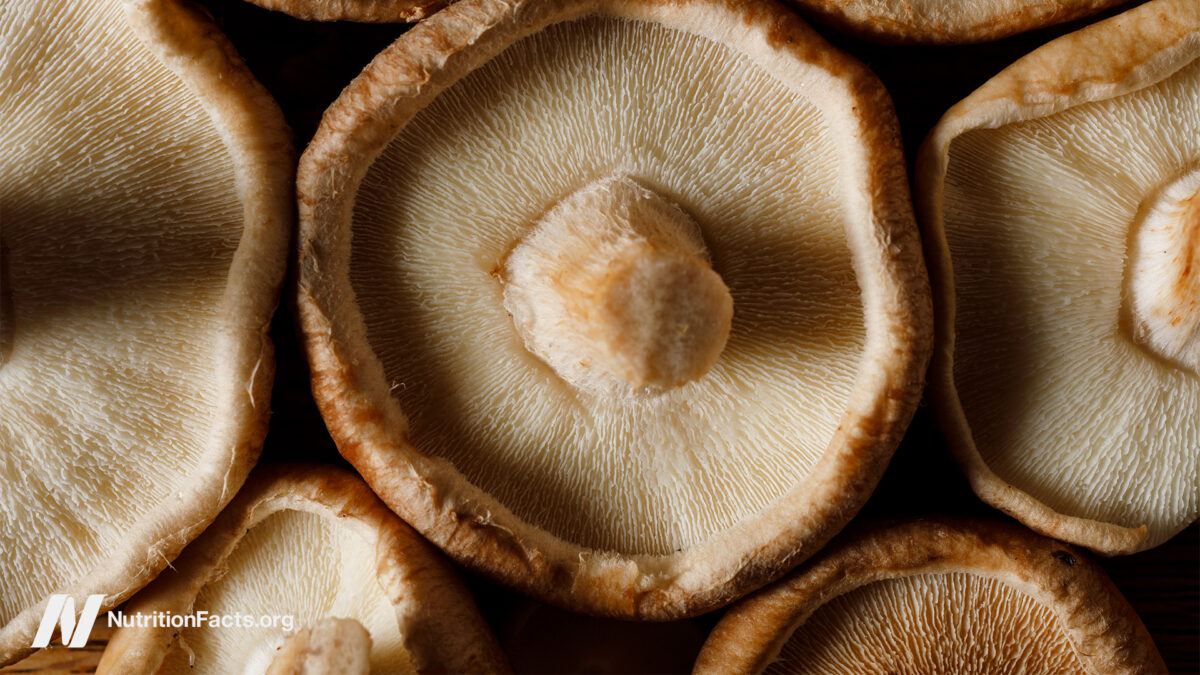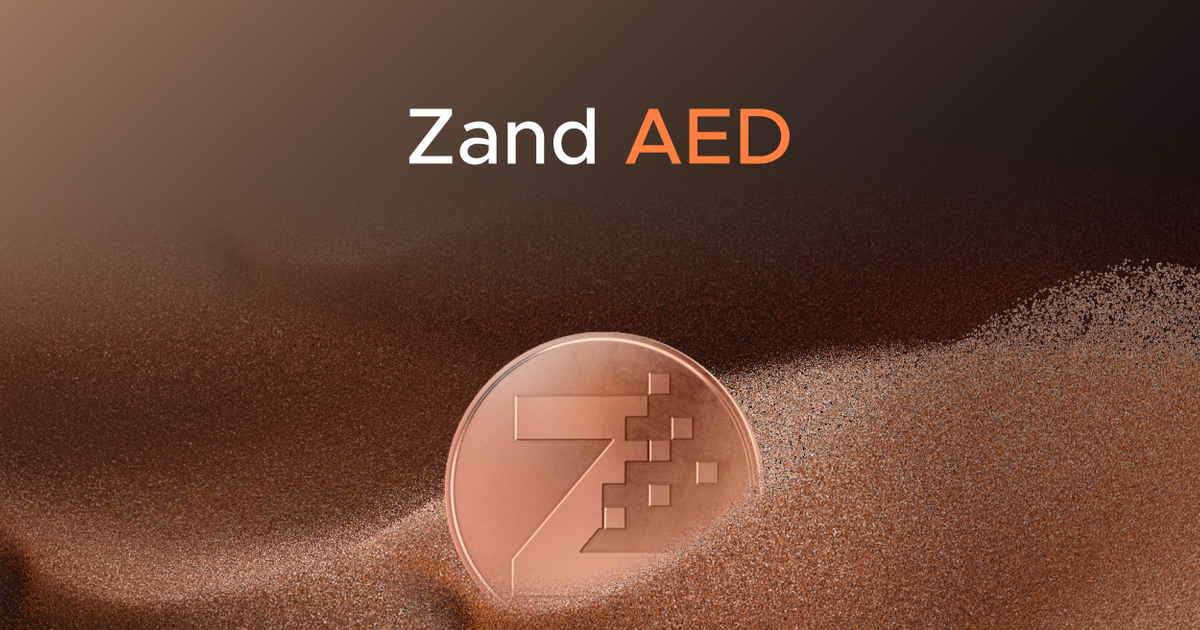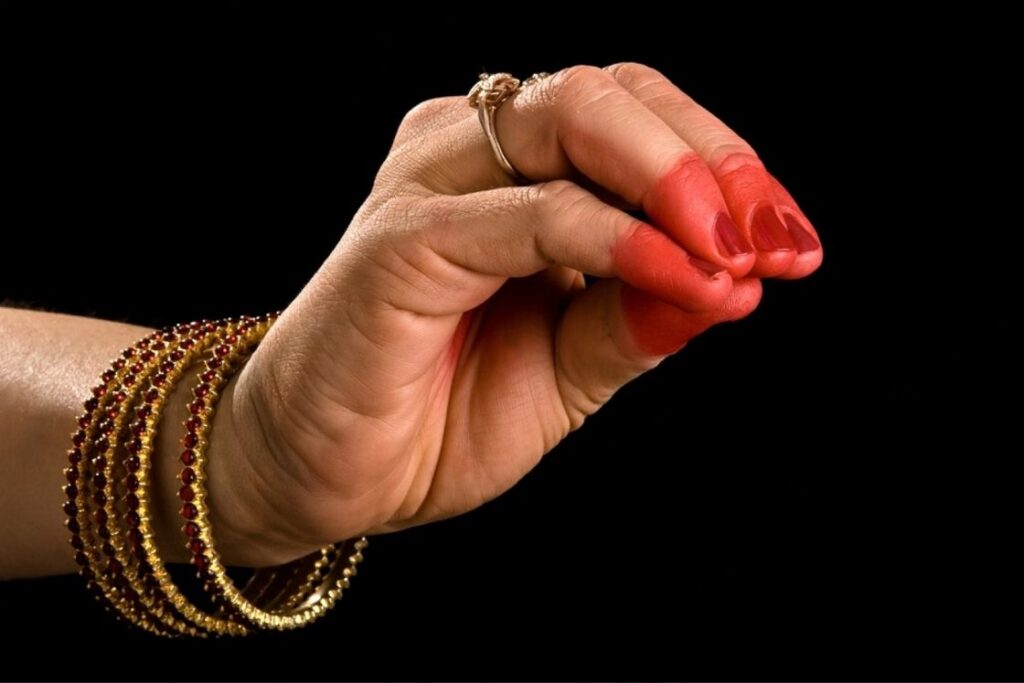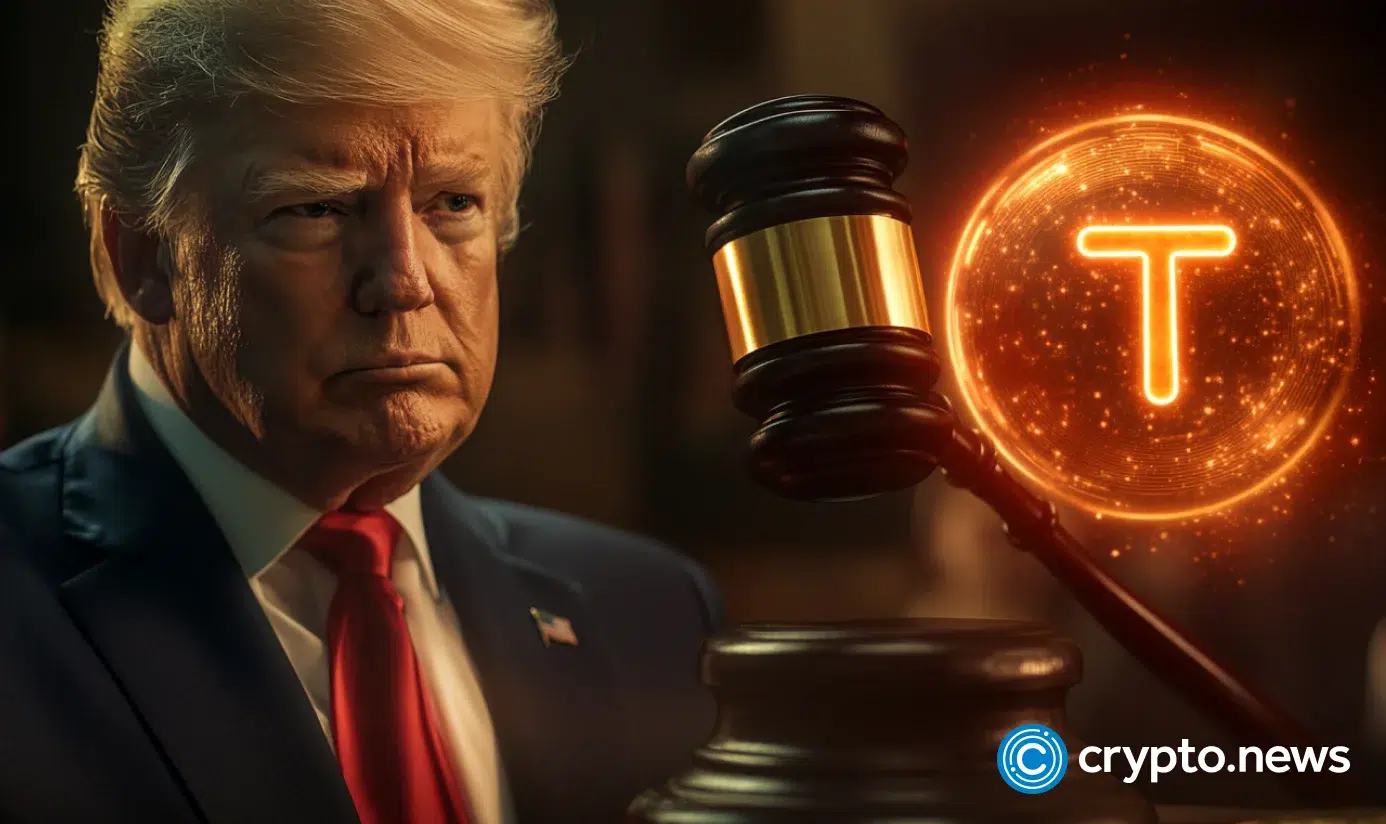The Samsara of “Severance”
The surreal Apple TV+ series not only shows us the workings of karma and suffering, says Kim Thai, it also hints at liberation. The post The Samsara of “Severance” appeared first on Lion’s Roar.

When I watched Outie Mark try to convince Innie Mark to give up his life so he could be reunited with his wife, I couldn’t help but wonder how different Mark Scout’s life would be if he understood the dharma. In fact, I often think about that when watching Severance, now Apple TV’s most-watched show of all time.
Director Ben Stiller and creator Dan Erickson have masterfully crafted an enigmatic, chilling world in this sci-fi thriller—one the Internet has become obsessed with dissecting and theorizing about. In its freshman season, Severance appeared to be a sharp, darkly comedic take on work-life balance. The concept of severing—implanting a microchip in your brain to erase the experience of work—seemed both absurd and strangely desirable for anyone who, like me, has endured corporate America’s monotony. The off-white walls and endless hallways often blur together, as do the endless monthly quotas that, in the show, amount to nothing more than eerie dance parties.
“The work is mysterious and important,” says Mark Scout, played by Adam Scott. Employees take an elevator that acts as a portal into the ominous office space of Lumon headquarters. Conversely, once they leave, they remember nothing about what happens inside, creating two forms of consciousness in one body—the “Innie” consciousness at work and the “Outie” consciousness outside. It is dualistic thinking taken to its most extreme form.
Within this Innie/Outie dynamic, the characters are ultimately forced to choose between these two sides of themselves, leading to deeper questions about what ego death truly means or looks like.
What Severance does so effectively is explore how we create cycles of suffering for ourselves—even when we’re trying to avoid it. Take Mark, for example. Overwhelmed by the grief of his wife’s sudden death, he chose to be severed, believing it would offer relief. At one point, we see Outie Mark wake up from a bender after a bad date, doing everything he can to avoid the pain of his grief. I kept thinking how much a mindfulness practice could help him—if only he allowed himself to be present with his grief. If only he knew the five remembrances, so he could stop living in a state of denial. If only he saw the horrible cycle of samsara he was creating for himself.
At the end of the first season, we learn that Mark’s wife, Gemma, is very much alive. Season two opens with Mark desperately searching for her in the halls of Lumon—a metaphor for the cycle of samsara as he literally runs in circles.
Samsara is further explored as the second season expands its world both inside and outside the walls of Lumon, with surreal landscapes reminiscent of the six realms. There’s the animal realm (tiryag) floor where a group of primitive farmers—led by Lorne (Gwendoline Christie)—shepherd goats. The hungry ghost realm (preta) takes shape in the Family Visitation Suite where Innie Dylan, one of our other main characters, meets with his Outie’s wife. They sit together, aware they can never have a real romantic relationship, forever stuck in this in-between state of craving. The god realm (deva) is reflected in the Wellness Sessions, where suffering is absent, while the human realm plays out on the outside, where there’s a balance between only suffering and the absence of suffering.
Most profoundly, the season explores suffering in “Chikhai Bardo,” an episode named after the first stage of The Tibetan Book of the Dead. Here, Gemma is trapped in a lab-engineered hell realm (naraka), subjected to a variety of painful experiences such as writing endless Christmas cards, going to the dentist, and, most hauntingly, silently dismantling a crib—a gesture evoking the unspoken grief of miscarriage. While illustrating the gradient of dukkha, these scenarios are designed to gauge the severance chip’s ability to block out the suffering consciousness.
The cycle continues, over and over again, as we see Gemma immediately forget what she experienced—cognitively unaware, though her body remembers some of the pain through toothaches and a cramped hand.
We learn that Lumon has created this hell realm for a very specific reason: to end suffering, or at least to stop the feeling of it. This is where Severance truly singes and soars.
Outie Mark decided to be severed to escape the grief of losing his wife. Yet, in the riveting season two finale, when faced with the possibility of reuniting with her, it’s Innie Mark who chooses to stay—opting for a life inside, no matter how fragile or doomed it may be.
It’s in this tragic twist of fate that all the karmic repercussions of both Outie and Innie Mark’s choices collide—merging into an even deeper, perhaps inescapable, form of samsara. The irony is unbearable.
Throughout the season, we watched Mark undergo a harrowing procedure of “reintegration,” intended to merge his Innie and Outie selves into one unified consciousness—an ideal state, non-dualistic and transcendent.
This is why, arguably, the most powerful scene of the season—if not the entire series—is when Outie Mark essentially asks Innie Mark to sacrifice the life he has inside Lumon’s walls to become whole with him, whatever that might look like.
But of course, it’s an impossible choice—one of great sacrifice. And if Innie Mark doesn’t do it, Outie Mark will never be reunited with his wife. It’s a lose-lose scenario: one ego death pitted against another. And because neither will win, both remain trapped in suffering. There’s no way this story can end cleanly. Instead, there are consequences that ripple forward, inevitably, into season three.
As I watched Innie Mark and his Lumon love, Helly, running down the hallway into the abyss during the finale’s closing moments, I couldn’t help but think of one of Zen master Thích Nhất Hạnh’s most profound teachings: No mud, no lotus.
“If you know how to make good use of the mud, you can grow beautiful lotuses,” he wrote. “If you know how to make good use of suffering, you can produce happiness. We do need some suffering to make happiness possible. And most of us have enough suffering inside and around us to be able to do that. We don’t have to create more.”
This is what makes that final scene so heartbreaking. Innie Mark chooses a fleeting moment of happiness and survival, which we as the viewer know will ultimately push him deeper into a cycle of suffering, trapped in the walls of Lumon headquarters. All the while we see Gemma on the outside, looking in at someone unrecognizable, longing for Outie Mark who’s nowhere to be found.
Perhaps somewhere in between those hallways, next season, the Innie and Outie versions of our characters—and perhaps even the Lumon higher-ups themselves—will discover that a more easeful, arguably more effective, way to end suffering is walking the eightfold path. I just hope Mark and the team figure it out, before it’s too late.

Kim Thai (she/her) is a writer, mindfulness teacher, community organizer, and Emmy-award-winning storyteller. A student in the Plum Village tradition, she’s the founder of Joyful Liberation Collective, a grassroots community organization that provides space and ways to find liberation within the oppressive systems we live in. Her essays have been published in New York Magazine’s The Cut, Newsweek, and Buzzfeed.

 Kass
Kass 










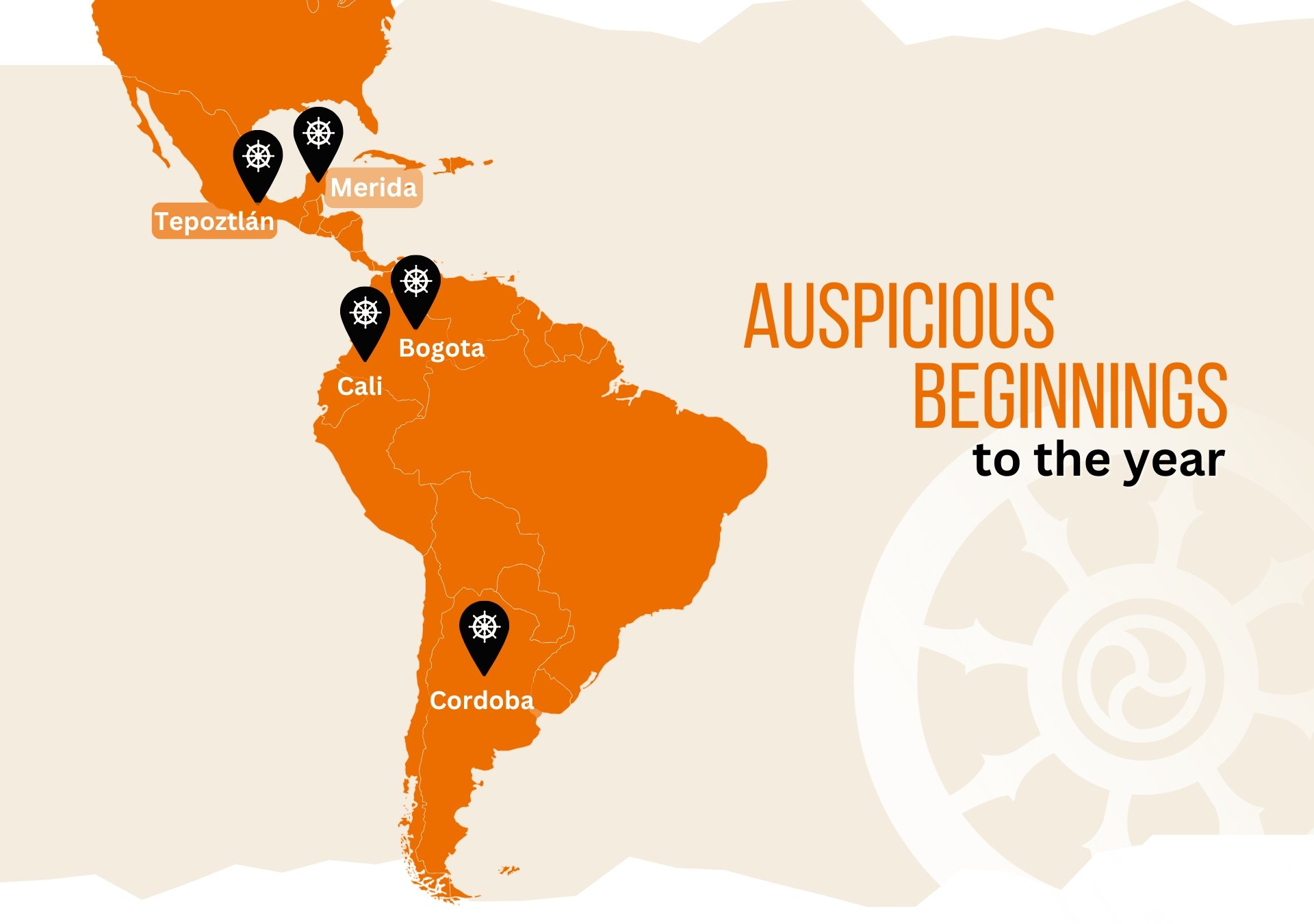







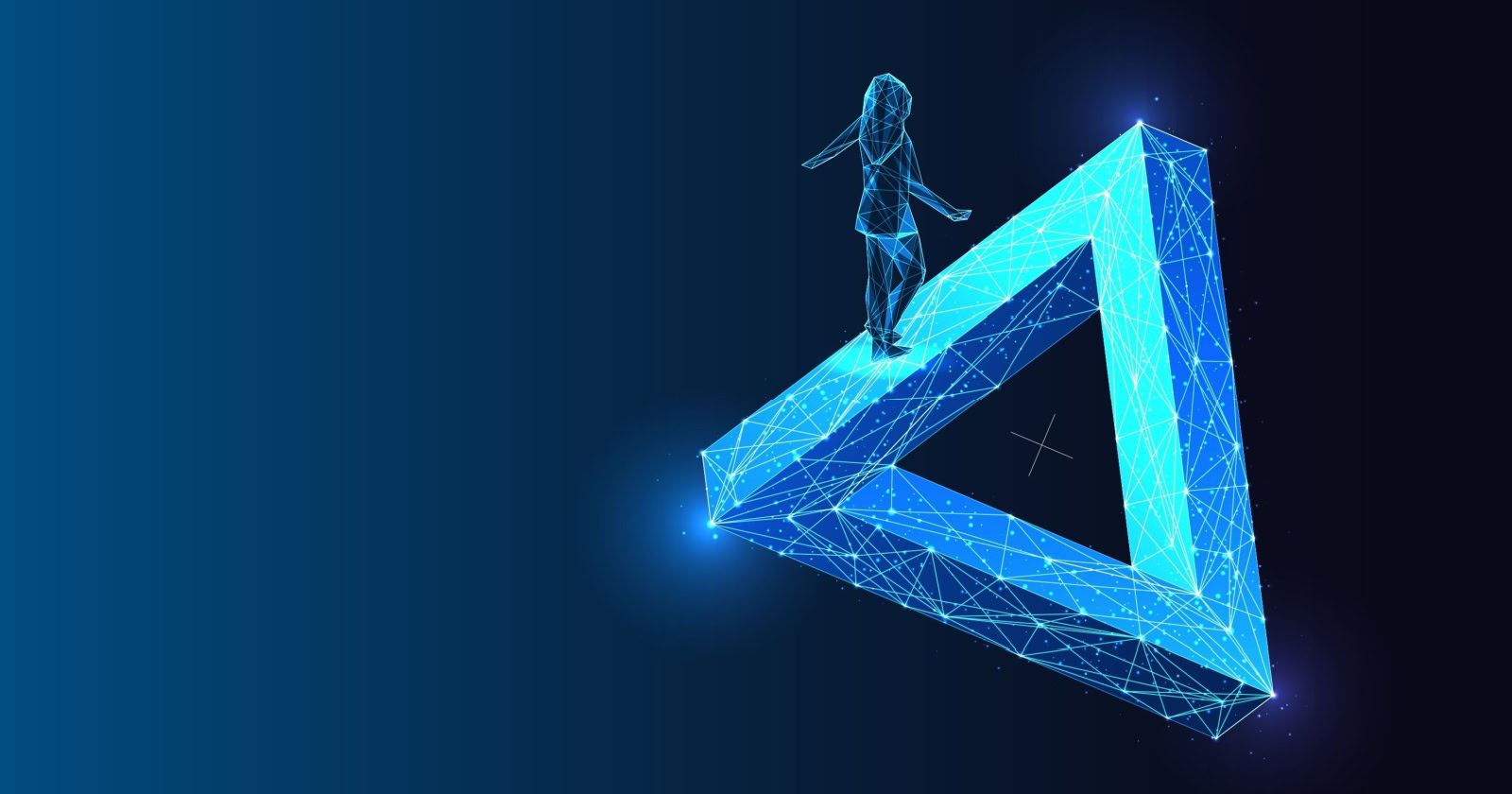
![The 2026 AI Search Benchmark Every SEO Leader Needs [Webinar] via @sejournal, @lorenbaker](https://www.searchenginejournal.com/wp-content/uploads/2025/11/1-259.png)

